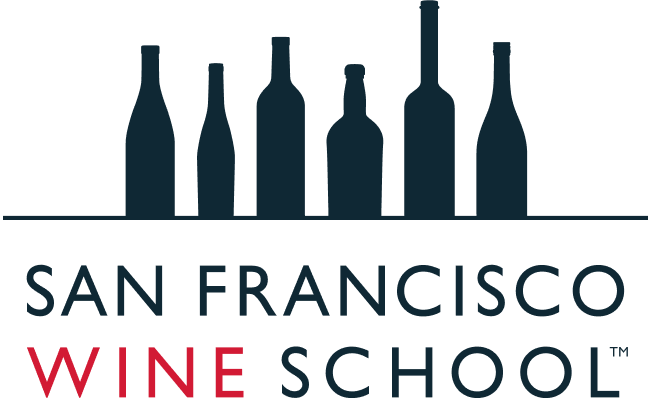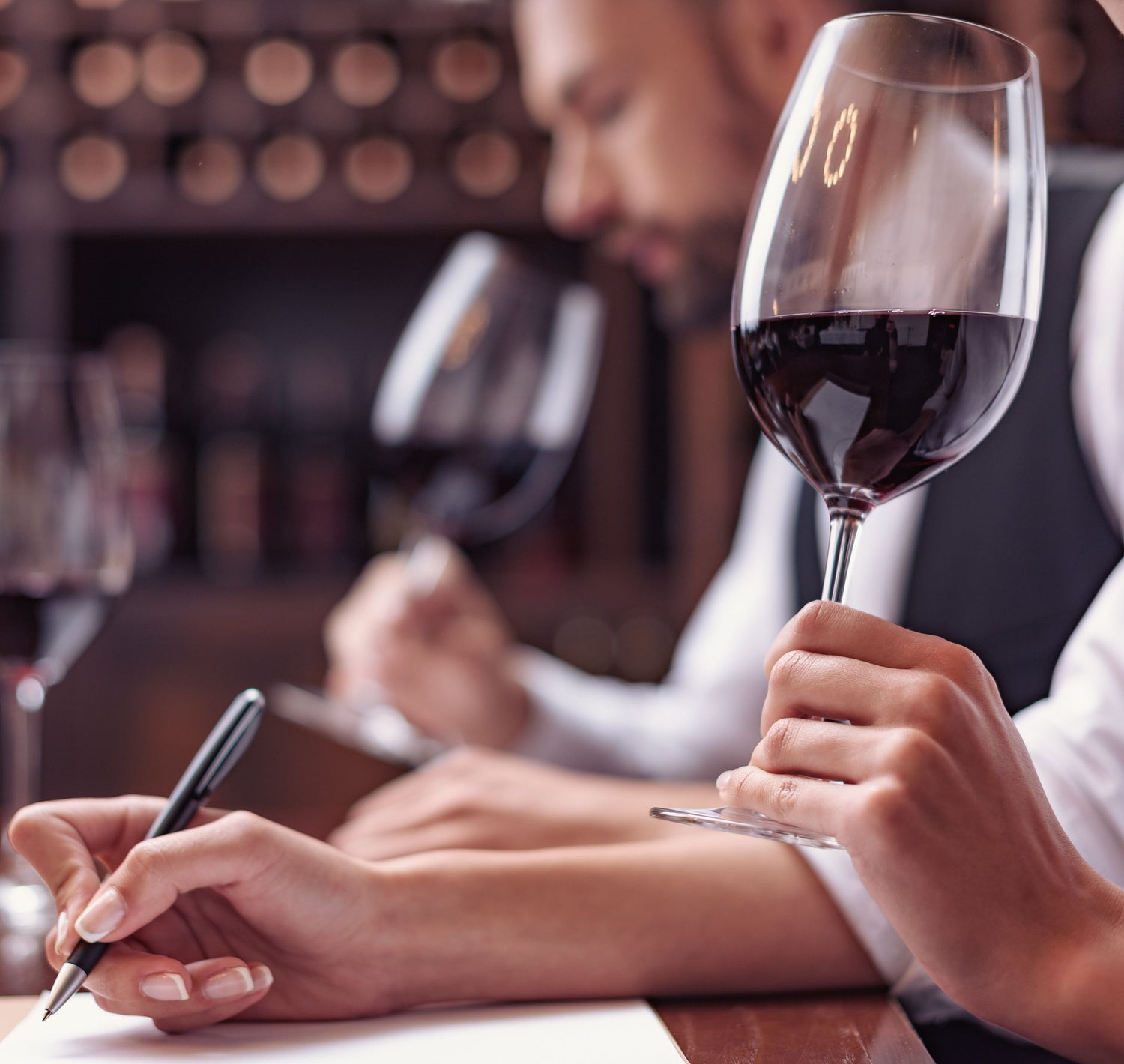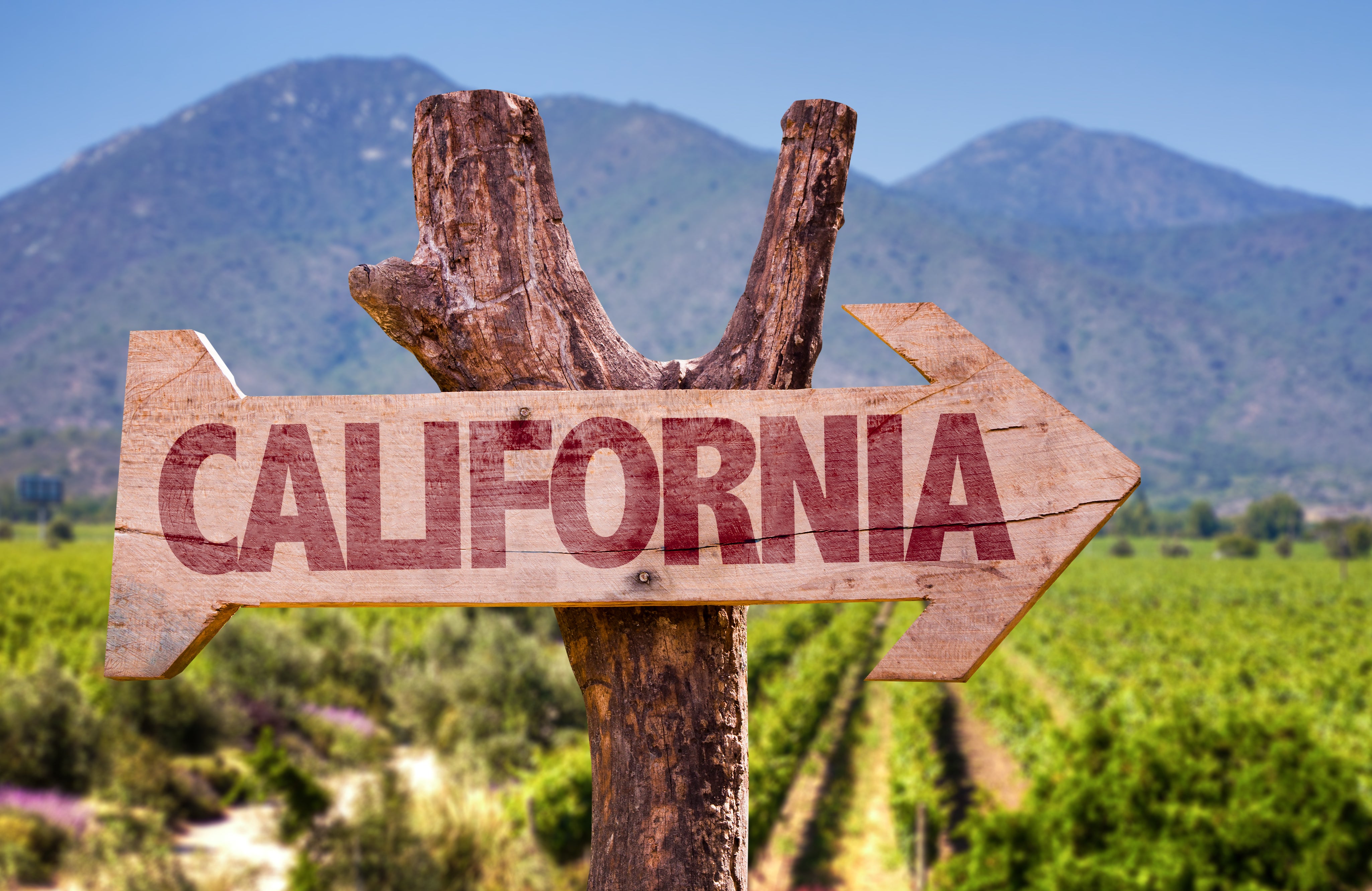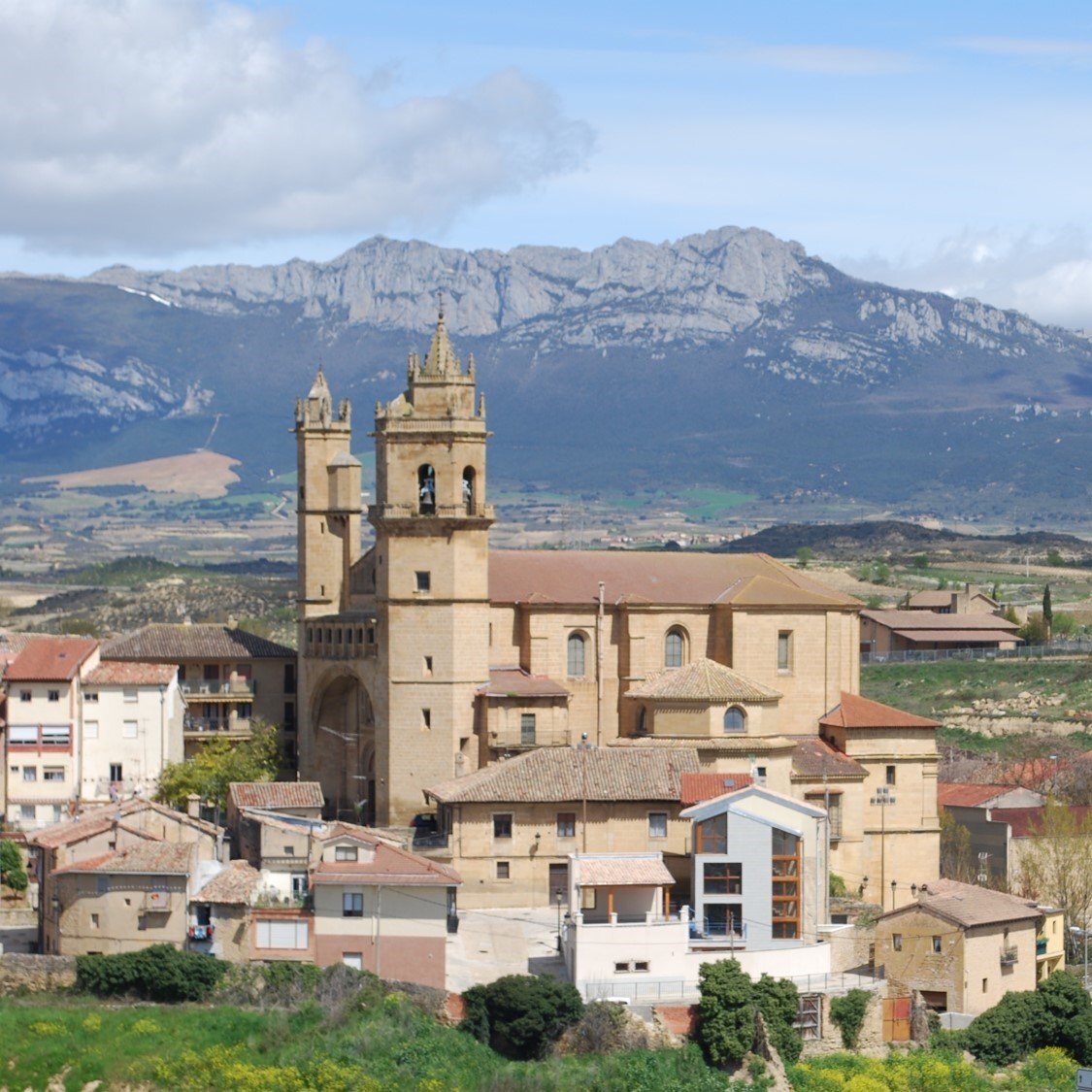Blind wine tasting is getting a lot of attention these days. It was featured prominently in the movie Somm. It also appears in other movies, TV shows, and even the occasional New Yorker cartoon. Blind tasting isn’t a parlor trick or something restricted to sommeliers, though. You can learn to do it through San Francisco Wine School classes.
What Is Blind Wine Tasting?
Blind tasting is the process of tasting and evaluating wines without any information about what those wines are. There are five main reasons to taste blind.
Blind tasting with an expert can improve your wine evaluation skills and your ability to describe the wine based only on what you perceive through your senses, rather than any expectations about what you think a wine should be like.
Blind tasting can increase focus and make it easier to identify similarities and differences between individual wines in a flight.
You or examiners can use blind tastings to test your tasting skills and knowledge of varieties, regions, and producers.
The power of suggestion is very strong. Wine critics often taste blind so they can evaluate wines without bias. Some winemakers taste blind when blending for the same reason. And it can be useful for consumers trying to determine what they really like, without being influenced by a label.
Blind tasting is fun!
Blind Wine Tasting Tips
If you are just tasting blind to see what kind of wine you like, you don’t need any tips. Just taste and think about what does or doesn’t appeal to you in the wine. Enjoy the process.
If you’re blind tasting to improve your vocabulary or analytical skills, it’s best to start out with a coach or to taste with someone who is a more advanced taster. They can help you identify and explain what you’re perceiving, how to quantify various aspects of the wine, and understand how these aspects vary from one variety or region to another.
To actually identify wines while tasting blind, you need two things. You need good technical tasting skills. You also need a mental database of the specific attributes for a wide range of wines. For example, even if you correctly perceive a red wine has medium body and color with high acid and high tannins, you can’t identify it as Nebbiolo unless you know what Nebbiolo’s attributes are. Conversely, knowing Nebbiolo’s characteristics won’t help you if you can’t tell the difference between high and low acidity levels.
Beginner Wine Tasting Tips
Relax. Don’t feel pressured or embarrassed. Even master sommeliers started out as beginners. Just enjoy yourself.
Taste in a suitable environment. If there are distracting sounds or activity, you won’t be able to give the wine your full attention. Ambient aromas interfere with the ability to evaluate wine.
Taste with a fresh palate. If you’ve just enjoyed a strongly flavored food or drink, that will hamper your ability to perceive the wine accurately. Blue cheese, apple pie, espresso, and bourbon are all great, but not before blind tasting.
Focus. Don’t think about anything but aromas while you sniff the wine, or flavors and textures while you taste.
But don’t force it. Like trying to remember someone’s name, sometimes the harder your try, the more difficult it gets.
Write down your impressions as you go. That will help solidify your perceptions.
And, since wine changes in the glass over time, it will highlight that evolution.
No aroma association you genuinely have is silly. A wine may smell like a summer day or a particular place you’ve been. Go with that. Think about what it was about the day or place that you’re picking up in the wine.
Intermediate Wine Tasting Tips
Practice. Like so many things, blind tasting is a developed skill. The more you do it, the better you’ll get.
Focus on what you smell and taste all the time, not just when you’re having wine. Think about the food you eat and the aromas you encounter while out walking or in a store. Your senses of taste and smell will become more acute the more you use them. It also makes good food even more enjoyable.
Develop a tasting process, an order in which you do everything. Follow that procedure every single time.
Set up tastings of things other than wine to build your mental database of aromas and flavors. Open up your spice jars. Raid the produce aisle. Don’t forget to smell the roses, or the honeysuckle.
Be precise. If you smell apple, is it a green, yellow, or red apple? Is the apple fresh, bruised, baked, poached, or dried? If you smell spice, try to identify the particular one.
Read. See how experts describe various wines. If you don’t think you’d recognize an aroma or flavor they identify, seek it out. And think about how they describe acidity, texture, and the overall impression wines give them.
Taste the specific wines you read about. Compare your perceptions to the experts’ descriptions. That will help tune your palate and also give you an understanding of how your preferences relate to those of various critics.
Taste broadly—both varietally and regionally. One wine can’t begin to give you a full sense of either the variety or where it came from. Taste five, or ten, or thirty wines of the same type from a single region over a short span of time. Don’t worry about identifying several aromas for each wine. Focus on the attributes that obviously tie those wines together. Then, think about how they are different and why that might be.
Advanced Wine Tasting Tips For Sommeliers And Other Wine Professionals
Taste with people who are better tasters than you are. You’ll learn something every time.
Taste, patiently, with people who are a lot less experienced than you are. Helping them understand will solidify your own knowledge, encourage you to see things from different perspectives, and improve your wine communication skills. And everyone has experiences we can learn from.
Taste deep. Do verticals of particular wines. Taste hundreds of wines from individual regions.
Taste with winemakers. Memorization of wines’ attributes is vital. But so is understanding exactly why a wine is the way it is.
Practice tasting wines at different temperatures, in different types of glasses, and in distracting environments. It will make you more flexible and less likely to be thrown off by adverse tasting (or testing) conditions.
Taste when you have a cold and can’t smell or taste well. It helps you focus on the structure of wines.
Blind Wine Tasting Classes
Blind tasting classes are offered at various levels.
Introductory classes begin with the fundamentals of tasting. They build students’ ability to identify and quantify key elements, such as sugar, acidity, tannin, alcohol, and body. Students begin to build their descriptive vocabulary. And they get over the “stage fright” sometimes associated with talking about what they’re perceptions of a wine. Upon completion, students will be more competent and confident tasters.
Intermediate blind tasting courses further develop technical tasting skills. Students will learn about ten or twenty of the most common grape varieties, including the attributes for each and where they famously grow. Other topics include the differences between cool, moderate, and warm climate wines, aromatic vs. neutral varieties, and the effects of certain winemaking techniques. These classes may cover wine flaws too. Students come away with genuine, blind tasting skills.
Advanced courses delve into both more specific and less mainstream wine regions. Many more grape varieties are explored, as is the effect of aging on wines. Analytical tasting skills are honed and wine flights focus on wines that can easily be confused. Students will engage in timed tasting exercises.
How To Hold Blind Wine Tasting Event At Home
These days, taking classes in person is difficult. But you can still take interactive, online classes conducted live by video. Introductory classes may ask you to buy certain types of wines for the class, such as New Zealand Sauvignon Blanc. Other classes will provide specific wines to you in containers identifying only the pouring order.
You can also create your own blind tastings to practice at home. It’s easier if you have a partner who can procure the wines and pour them without you seeing. But you can even do it yourself.
If you do have to go it alone, try this. Buy several wines that are very similar in appearance (hue and depth of color). Have one decanter for each wine—they should be identical decanters. Write the name of each wine on Post-it notes, one wine per sheet. Stick one note on the bottom of each decanter, then pour the appropriate wines into the decanters.
Next, move the decanters around randomly into different positions. Do that several times. Go away for five minutes, then come back and randomize them again. Repeat that process a couple more times. By then, you should have no idea which decanter is which.
Then, you can taste the wines. Make notes. Draw conclusions. Then check the Post-its to see how you did.
Blind Wine Tasting Ideas
There are many themes you choose from for your blind tastings, whether to practice, as above, or for parties when those are safe again. Here are a few examples:
Cool climate whites: Chablis, Sancerre, New Zealand Sauvignon Blanc, dry Mosel Riesling, Muscadet
Pinot Noir around the world: Willamette Valley, Russian River Valley, New Zealand, Burgundy, Yarra Valley (Australia)
California Cabernet Sauvignon: Napa Valley, Paso Robles, Alexander Valley, Santa Ynez
Syrah in differing climates: Northern Rhone, Barossa Valley (Australia), Columbia Valley (WA), Petaluma Gap AVA
Bordeaux-variety reds: Cabernet Sauvignon, Cabernet Franc, Merlot, and Malbec varietal wines from one California producer.
Blind tasting classes are both fun and educational. It’s a different way to learn about wine while also improving your tasting acuity. And it makes you a more confident taster, which will benefit you even when you’re not tasting blind. Browse all the blind-tasting workshops and programs currently on offer at the San Francisco Wine School.



